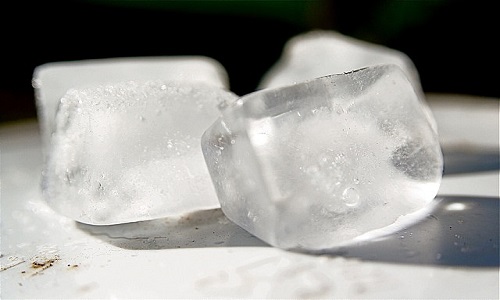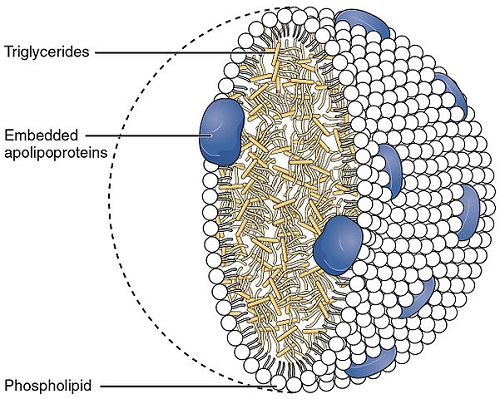
Why do lipids contain the most energy?
Lipids, or commonly known as fats, are naturally occurring set of molecules that comes in various types. Examples of lipids are monoglycerides, diglycerides, phospholipids, among many others. Particularly broken down into a number of categories, lipids function as storage for energy, as structural components of cell membranes, and as important signaling molecules. Such molecular structures are deemed to be non-polar and hydrophilic. Its hydrophilic nature allows structures compatible with an aqueous environment to be formed. Although it has been a common notion that lipids and fats carry the same meaning, fats is one of the subgroups of lipids, which is scientifically labeled as triglycerides.
For most people, the amount of lipid that one ingests is one critical indicator of one’s health status. Its function in human’s metabolic mechanisms have significantly found to have a great impact, especially in developing long term diseases such as diabetes and hypertension. What remains to be of value among the lipids’ function is its ability to store large amounts of energy, both in humans and animals. Further studies on the properties of lipids showed that such groups of molecules are in great possession of C-H bonds which makes it rich in energy. It also contains a lot of calories that are confined in a small space. With fatty acids as the building blocks of lipids, it has the capacity to store energy, especially in the presence of glycerol. More so, the distinct property of lipids, which is to repel the molecules of water, makes it unique since they are stored in special ways within the body.
Its ability to provide energy, especially in cases where the basic sources of energy are incapable of providing the needed energy, lipids never fail to take the lead and keep one energized.











Leave a Reply